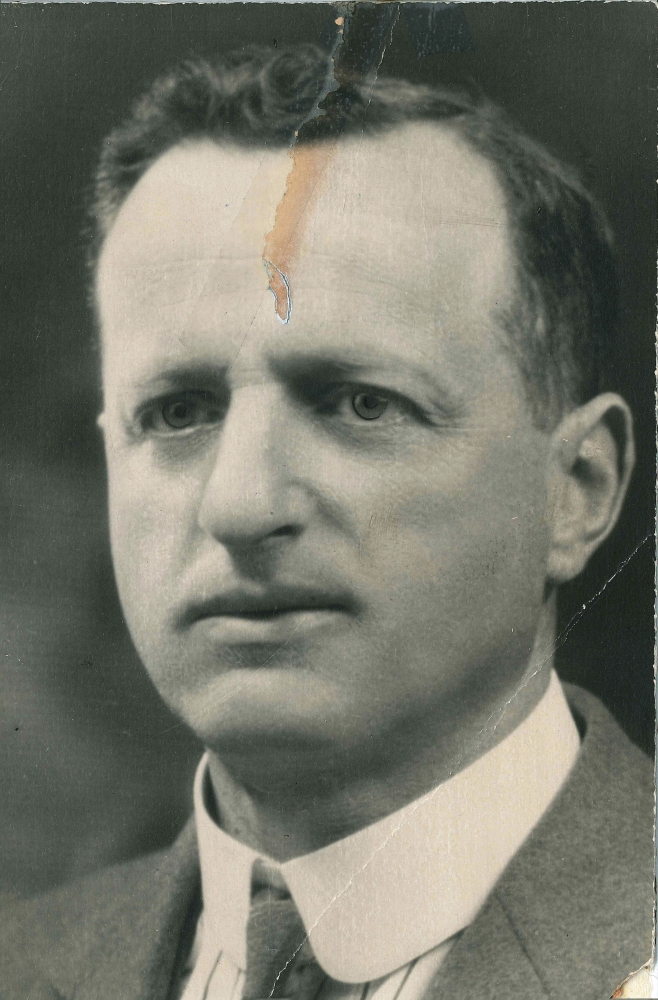
At the beginning of the 20th century, Ottawa's Jewish community had about 400 people, nearly half of which lived in the ByWard Market in Lowertown. The population grew quickly over the next two decades. In 1921, the Jewish Immigration Aid Society (JIAS) opened an Ottawa office to help newcomers settle into their new city.
The 1930's witnessed both the rise of fascism and a desperate search for refuge by European Jews. In 1931, the Canadian government introduced a regulation under the Immigration Act, known as Order-in-Council PC 695, which limited immigration to basically everyone except American citizens and British subjects. Although Jews made up only 1.5% of the population, anti-Jewish sentiment was strong across Canada. The country had been devastated by the Great Depression and Jews were an easy target, often scapegoated and accused of controlling finances and dominating the fragile job market.
The three Jewish federal Members of Parliament – Abraham Heaps, Sam Factor and Samuel Jacobs – worked with the Canadian Jewish Congress to negotiate refugee matters in the House of Commons. Unfortunately, the best they could do was call in favours to crack open the door and save only a handful of lives. In 1938, Heaps wrote to Prime Minister Mackenzie King in despair: “The existing regulations are probably the most stringent to be found anywhere in the whole world… the sentiment is gaining ground that antisemitic influences are responsible for the government's refusal to allow refugees to come to Canada.” Heaps received no reply.
